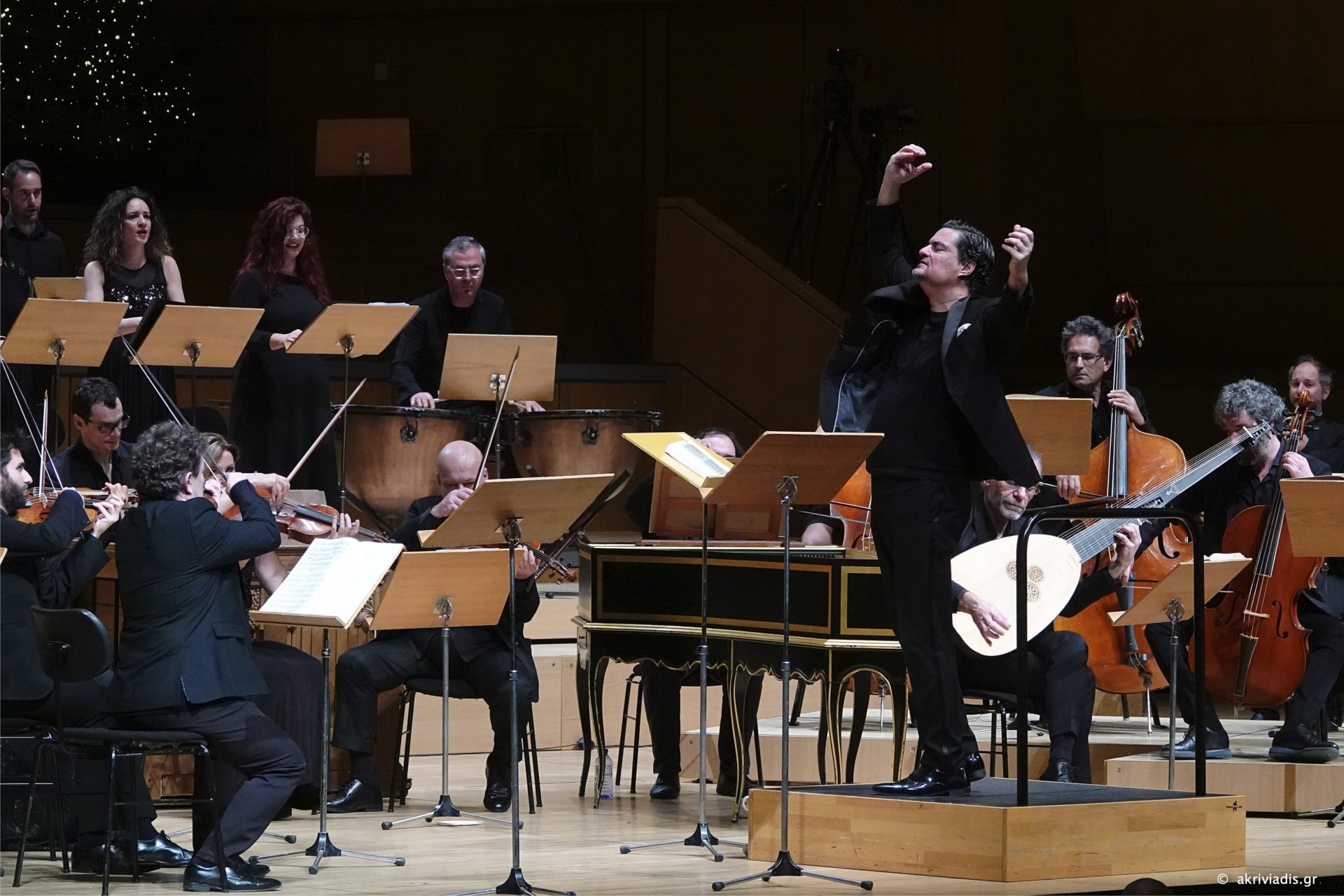Jean-Baptiste Lully composed his Te Deum, a large motet for orchestra and double choir, in 1684. Three years later, he wanted to present it to Louis XV, on the occasion of his recovery from an injury sustained in battle. During a rehearsal, the composer injured his leg by hitting it with a stick (which he used as a baton) to the extent that he suffered gangrene and eventually died. A few years later, Marc-Antoine Charpentier composed his own Te Deum, in D major, to commemorate the victory of Louis’ troops in battle during one of the many wars in which France was involved in the late 17th century. It is by far the best known of the six motets written by the composer, if only because of the orchestral introduction that we all recognise in the Eurovision logo. Beyond the anecdotal elements, these two Te Deum, written for choirs, soloists and orchestra, represent as much as anything else the ‘golden age’ of France, with the autocracy of the Sun King at its height, alongside the intellectual movement that led to the Enlightenment and the French Revolution. At the same time, they are the epitome of the French Baroque style, a style that has its own distinct requirements. The Camerata – Friends or Music Orchestra and George Petrou, through many years of engagement and in-depth work, have unlocked the secrets of this particular musical genre, which guarantees that the works of the concert will be heard in the Christos Lambrakis Hall of Megaron the Athens Concert Hall with the sound and grandeur they deserve. It promises to be an exciting listening experience!
PROGRAMME
JEAN-BAPTISTE LULLY
Te Deum σε ντο μείζονα, LWV 55
MARC-ANTOINE CHARPENTIER
Te Deum σε ρε μείζονα, H. 146
INFORMATIONS
-
TYPE
Music
-
SEASON
Christmas at Megaron
-
VENUE
-
SCHEDULE
-
PRICES OF TICKETS
€10.00 (Concessions) - €55.00
[+][-]€55.00, €46.00, €38.00, €30.00, €24.00, €15.00, €10.00 Εκπτωτικό
-
ORGANISER
Megaron Athens Concert Hall
PARTICIPANTS
-
Camerata - Friends of Music Orchestra
on period instruments
-
Conductor
George Petrou


